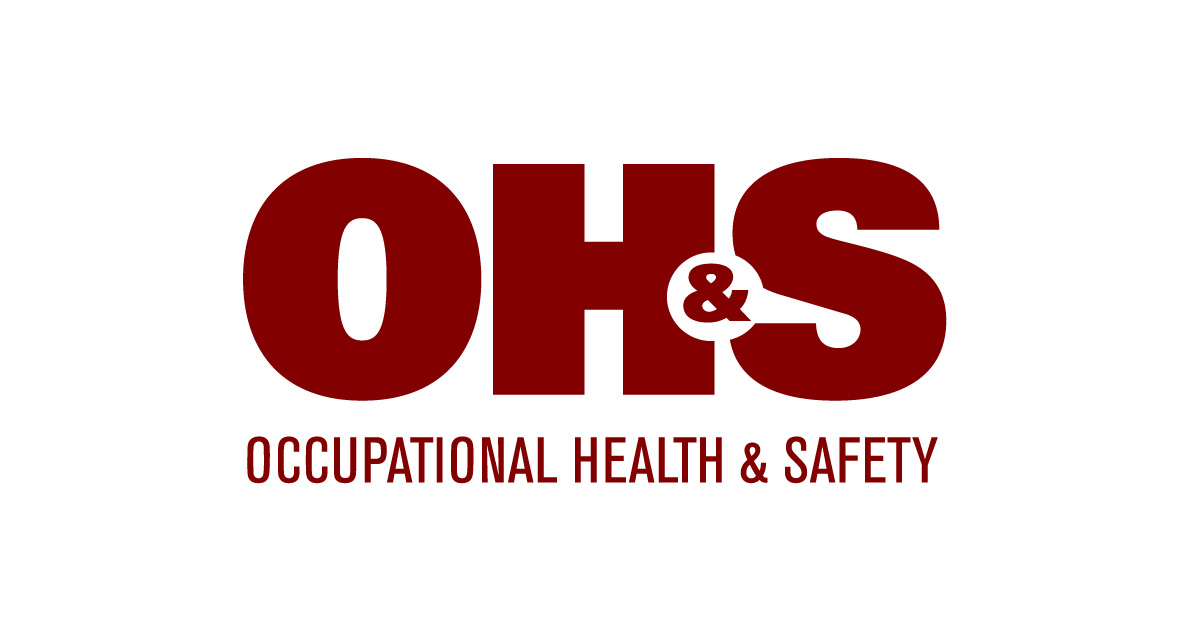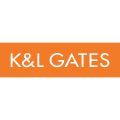A Work in Progress
Strides have been made in women’s PPE, but the journey isn’t over.
I’m dating myself, but two years ago, I used to work in the motorcycle industry, and at the time, the need for women’s riding gear was just coming to the fore. More women were riding motorcycles, scooters and ATVs, but their options for helmets, boots, gloves and other riding gear were slim to none. At the start, most of what women riders had access to was very limited and certainly not designed for them.
This was when I was first exposed to the term “pink-washing,” meaning that the solution to women’s riding gear was to simply take small-sized men’s and boys’ production options and offer them in “girls’ colors.” It was a terrible first foray, but fortunately, women riders and industry members calling out the pink-washing for what it was spurred manufacturers to make gear that was genuinely designed for women.
And we’ve been seeing the same thing in personal protective equipment for women. Rather than cladding women workers in small-sized men’s gear or unisex options, manufacturers are starting to offer women-specific PPE that is designed for their frames. The hips are women-specific, the shoulders fit a woman’s shoulders, the shape of the foot conforms to women’s feet, etc. (In fact, you can see a winning option in our New Products of the Year coverage starting on page 12.) However, ensuring the adoption of women’s PPE is a work in progress.
That’s why Emily Soloby, founder and CEO of Juno Jones Safety Boots, and Amy Roosa, founder of The Safety Rack, co-founded the MyBodyMyPPE campaign (mybodymyppe.org, #MyBodyMyPPE). The campaign is an effort to raise awareness about the lack of access to properly fitting PPE for women. Number two is to collect data from women who have experienced access issues with PPE made for them. That way, advocates arm themselves with that data to help make their case when working to convince decision-makers why they need PPE that is made for them.
Bearing that in mind, MyBodyMyPPE conducted a survey that received responses from 505 women from different industry sectors, such as construction, manufacturing and mining. While the main results of the survey are yet to be released, Soloby and Roosa did share one prevailing finding: 70 percent of the women responded that they do not have access to proper PPE that fits them in the workplace.
That’s a troubling statistic. Every worker deserves PPE that will keep them safe and productive. So, how can you help? First off, head over to mybodymyppe.org to learn more about the campaign and get more information. Second, to help evangelize the need internally, start with a PPE risk assessment. Conduct a survey to find out where there are gaps in your company’s PPE program. Once the need is clear, survey where to source women’s PPE.
You can hear my full talk with Soloby and Roosa on episode 216 of the OH&S SafetyPod podcast; they share lots of information on how we can advance this work in progress.
This article originally appeared in the November/December 2024 issue of Occupational Health & Safety.



